Anaheim chilies are a mild variety of chili pepper originating from New Mexico but named after Anaheim, California. They're known for their approachable heat level (500–2,500 Scoville Heat Units) and versatile use in Southwestern and Mexican-American cuisine.
Table of Contents
What Are Anaheim Chilies?
The Anaheim chili, also known as the New Mexico chili or Magdalena chili, is a medium-sized, elongated green chili pepper that originated in New Mexico but was later named after the city of Anaheim, California. It's often associated with Southwestern and Mexican-American cuisine due to its versatility and approachable heat level.
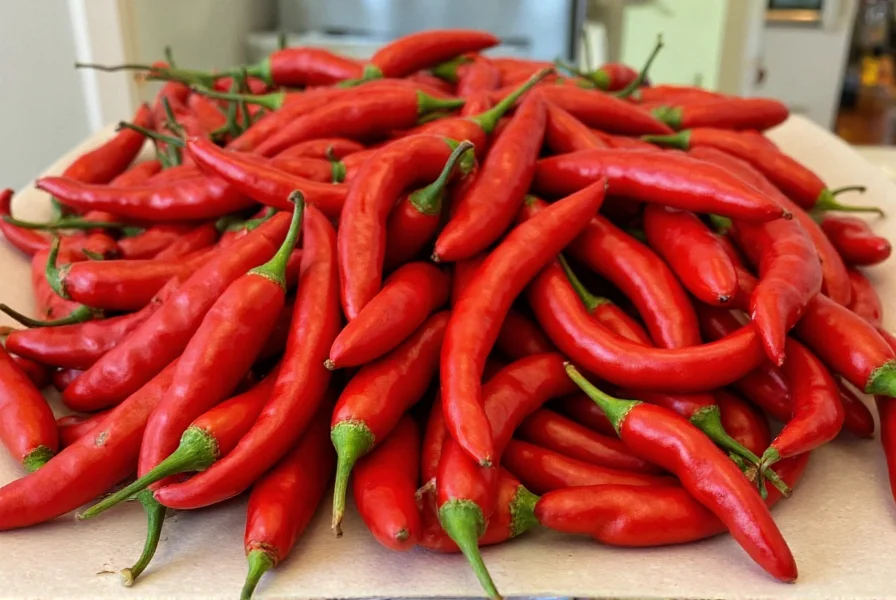
This pepper has a smooth skin and can range in color from bright green to red when fully matured. The skin becomes slightly wrinkled when dried. While it's commonly used fresh, it's also popular in dried form under the name chile seco del norte.
Heat Level & Flavor Profile
If you're worried about getting scorched by these peppers, relax! Anaheim chilies sit pretty low on the Scoville scale — typically between 500–2,500 SHU (Scoville Heat Units). For reference, jalapeños clock in around 2,500–8,000 SHU, making the Anaheim significantly milder.
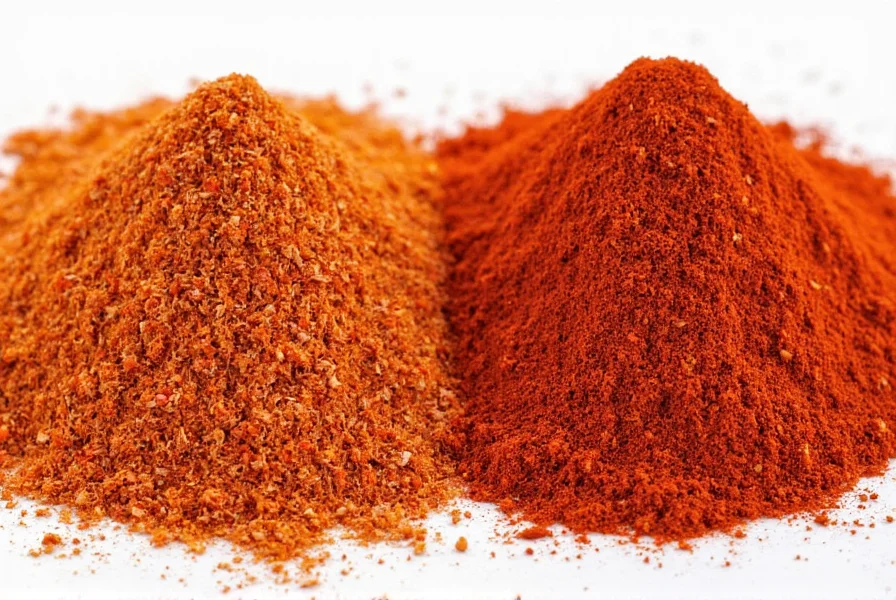
| Pepper | Scoville Heat Units (SHU) | Flavor Notes |
|---|---|---|
| Anaheim | 500–2,500 | Earthy, Sweet, Vegetal |
| Jalapeño | 2,500–8,000 | Grassy, Fruity, Spicy |
| Hatch Green Chile | Varies (1,000–8,000) | Smoky, Nutty, Complex |
| Bell Pepper | 0 | Sweet, Crisp, Mild |
Culinary Uses of Anaheim Chilies
Anaheim chilies are incredibly versatile. Their thin walls make them perfect for stuffing, roasting, sautéing, or even pickling. Here are some of the most popular ways to use them:
- Chiles Rellenos – Stuffed with cheese and lightly battered, then fried for a classic dish.
- Stews and Soups – Add depth and a hint of heat to posole, menudo, or bean soups.
- Salsas and Sauces – Roast and blend into sauces for enchiladas or tacos.
- Vegetable Stir-Fries – Toss with bell peppers, onions, and zucchini for a quick dinner.
- Pickled Peppers – Great on sandwiches or charcuterie boards.
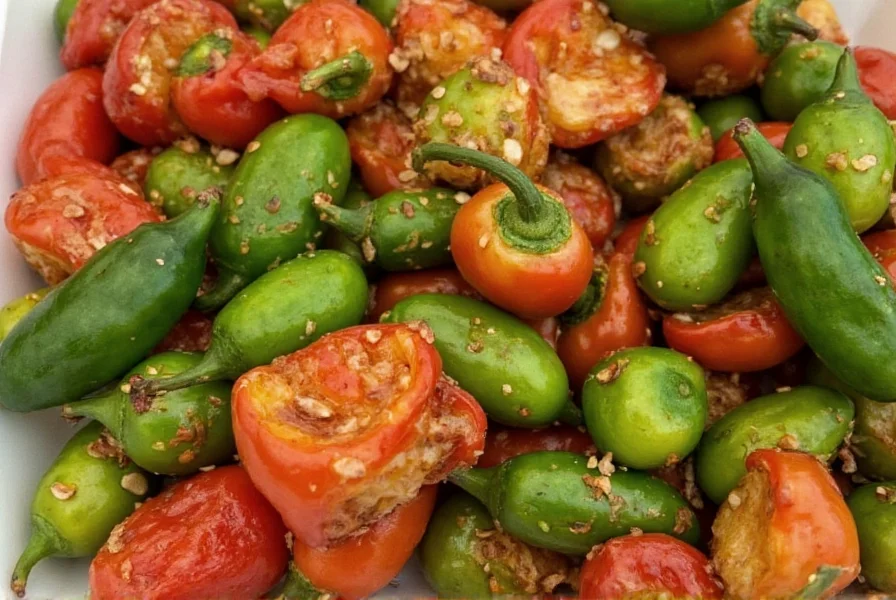
Pro tip: If you want to dial up the heat, leave the seeds and membranes intact. Want something more family-friendly? Remove them entirely!
How to Grow Your Own Anaheim Chilies
Growing your own anaheim chilies can be both rewarding and fun. These plants thrive in warm climates and are relatively easy to grow, whether in containers or directly in the ground.
Getting Started
- Start Indoors: Sow seeds indoors 6–8 weeks before the last frost.
- Transplant Outdoors: Move seedlings outdoors once the soil warms up and nighttime temperatures stay above 50°F (10°C).
- Sunlight: At least 6–8 hours of direct sunlight per day.
- Soil: Well-draining soil rich in organic matter. pH between 6.0 and 7.0 works best.
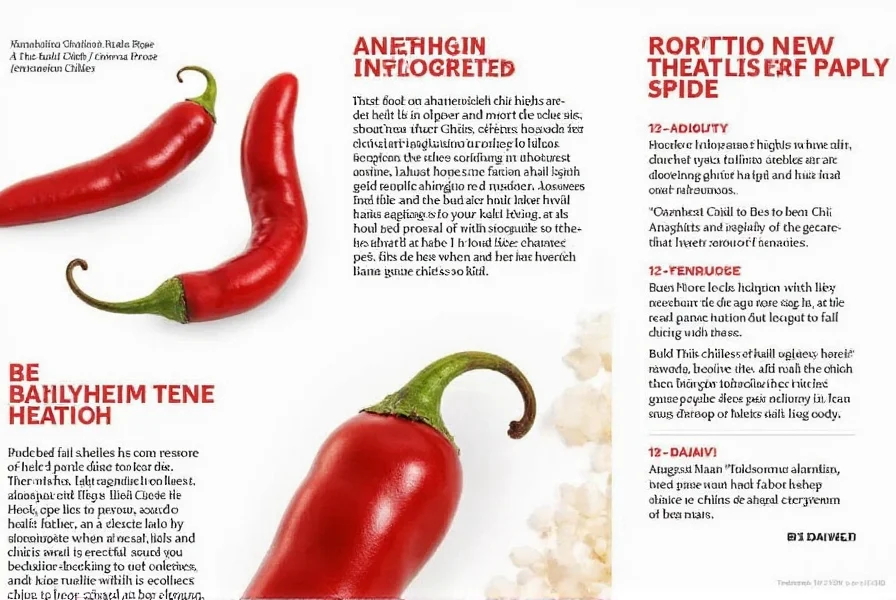
Care Tips
- Watering: Keep soil consistently moist but not waterlogged.
- Fertilizer: Use a balanced fertilizer every few weeks.
- Pests: Watch out for aphids and spider mites. Use neem oil or insecticidal soap if needed.
- Harvest: Pick when green for a fresher taste or let them ripen to red for deeper flavor and slightly more heat.
Buying Guide: Picking the Best Anaheim Chilies
Whether you're at the farmer's market or your local grocery store, here's what to look for when buying anaheim chilies:
Choosing Fresh Peppers
- Color: Bright green is ideal; avoid dull or yellowing ones.
- Texture: Firm with smooth skin. Wrinkles may indicate aging or overripe peppers.
- Size: Medium length (about 6–8 inches) is easiest to handle and stuff.
- Smell: Fresh, clean scent. Avoid any that smell fermented or sour.
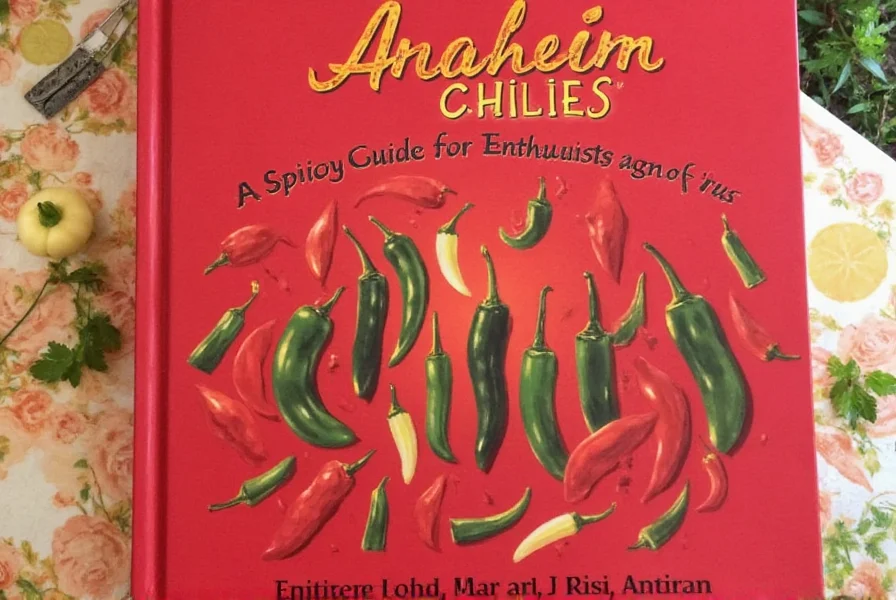
Dried Options
- Appearance: Uniformly colored without mold spots.
- Flexibility: Should bend slightly without snapping.
- Brand Tip: Look for reputable brands or those labeled as "New Mexico-grown" for better quality.
Recommended Products
| Product | Features | Best For | Price Range |
|---|---|---|---|
| Trader Joe's Fresh Anaheim Chilies | Premier freshness, organic options available | Home cooks who prefer raw or roasted use | $1–$2 per pound |
| Mrs. Dash Chile Pepper Mix | Dried crushed mix including anaheim notes | Spice blends, seasoning meats | $4–$6 |
| Ranch House Foods Whole Dried Anaheim Chilies | High-quality, whole dried pods | Authentic Mexican dishes, moles, soups | $7–$9 per ounce pack |
| Cookin' Pelon Pickled Jalapeños (with Anaheims) | Great tangy flavor with mild spice | Tacos, nachos, burgers | $3–$5 |
Anaheim vs Other Chilies: How Do They Compare?
Let's break down how anaheims compare to other common chilies in terms of heat, usage, and accessibility.
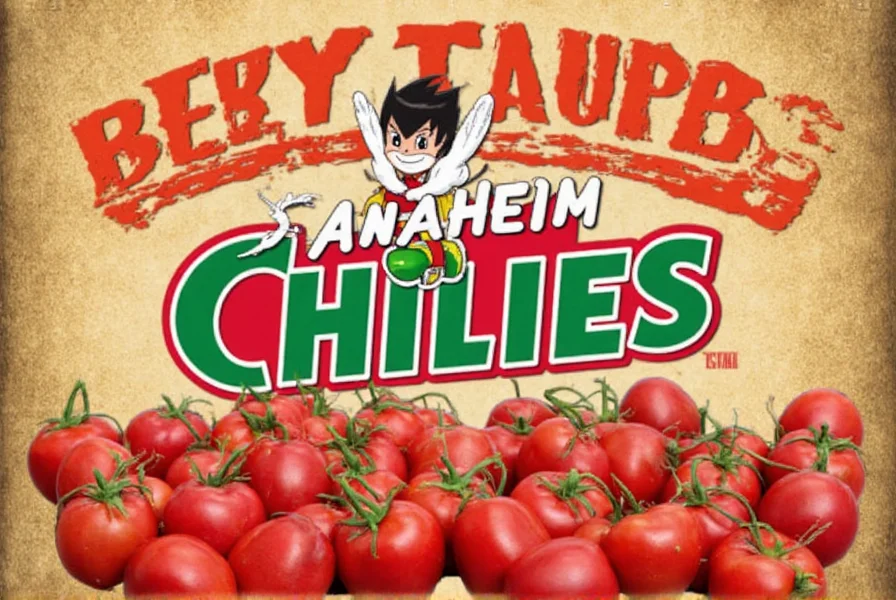
| Pepper | Heat Level | Best Use Case | Substitution Tip |
|---|---|---|---|
| Anaheim | Mild | Stuffing, roasting, salsas | Use poblano or cubanelle for similar texture and heat |
| Poblano | Mild–Medium | Chiles rellenos, sauces | Swap with anaheim for less intense dishes |
| Jalapeño | Medium | Salsas, nachos, pizza | Replace with anaheim for milder flavor |
| Hatch Green Chile | Varied | Regional dishes, stews | Anaheim as a budget-friendly substitute |
| Bell Pepper | No heat | Stir-fries, salads, stuffing | Add a little anaheim for subtle heat |
Frequently Asked Questions
Are Anaheim chilies really mild?
Yes, Anaheim chilies are considered mild peppers with a Scoville rating of 500-2,500 SHU. They're significantly milder than jalapeños (2,500-8,000 SHU) and are perfect for those who want a subtle kick without overwhelming heat. The heat can vary slightly depending on growing conditions and how long they've been left on the plant.
What's the difference between Anaheim and Hatch chilies?
While often confused, Anaheim and Hatch chilies are distinct. Hatch chilies are a specific regional variety grown in Hatch, New Mexico, with more complex flavor profiles that can range from mild to hot. Anaheims originated in New Mexico but were named after Anaheim, California, where they were later cultivated. Anaheims tend to be more consistently mild and have a slightly sweeter flavor profile.
Can I substitute Anaheim chilies for jalapeños?
Yes, but with important considerations. Since Anaheim chilies are significantly milder than jalapeños, you'll need to use more Anaheim peppers to achieve similar heat levels. For dishes where heat is crucial, you might want to keep some seeds and membranes in the Anaheim peppers. For most recipes where jalapeños are used for flavor rather than intense heat, Anaheims make an excellent substitute.
How should I store fresh Anaheim chilies?
Store fresh Anaheim chilies in the crisper drawer of your refrigerator, preferably in a paper bag or perforated plastic bag. They'll keep for 1-2 weeks this way. For longer storage, roast, peel, and freeze them in airtight containers or freezer bags where they'll maintain quality for 6-8 months. Dried Anaheim chilies should be stored in an airtight container in a cool, dark place for up to a year.
Why do recipes call for roasting Anaheim chilies first?
Roasting Anaheim chilies serves two important purposes: it loosens the skin for easier removal (which can be bitter), and it develops complex, smoky flavors through caramelization. The roasting process transforms their flavor profile from simple and vegetal to deep and rich, making them more flavorful in salsas, sauces, and stuffed dishes. You can roast them over an open flame, under a broiler, or even on a grill.
Can I eat Anaheim chilies raw?
Absolutely! While roasting enhances their flavor, Anaheim chilies can be eaten raw in salads, salsas, and sandwiches. When raw, they have a fresh, slightly grassy flavor with just a hint of heat. Their thin walls make them more palatable raw compared to thicker-walled peppers. Just remember that raw peppers will have a brighter, less complex flavor than roasted ones.
Are Anaheim chilies and New Mexico chilies the same thing?
Essentially, yes. Anaheim chilies originated from New Mexico chilies (specifically the "Pasilla" variety from the town of Magdalena, New Mexico). When they were later grown commercially in Anaheim, California, they became known as Anaheim chilies. In New Mexico, similar peppers might be marketed under different names depending on their heat level and maturity. The dried version is often called "chile seco del norte" or simply "New Mexico chile."
How do I remove the skin from roasted Anaheim chilies?
After roasting, place the hot peppers in a sealed plastic bag or covered bowl for about 10 minutes. This steaming process will loosen the skin. Then, using your fingers or a paring knife, gently peel away the blistered skin. Don't rinse them under water as this will wash away flavorful oils - just wipe with a damp paper towel if needed. The skin should come off easily while preserving the pepper's flesh.
Pro Tips for Handling and Cooking with Anaheims
Here are some insider tricks from the kitchen to help you get the most out of your anaheim chilies:
- Roast Them First – Use an open flame or oven broiler to blister the skin. This brings out a deep, smoky flavor.
- Wear Gloves – Capsaicin can irritate the skin, especially if you have cuts or sensitive hands.
- Freeze for Later – Roast and freeze anaheims in ziplock bags. They'll keep for up to 6 months and can be added directly to soups or casseroles.
- Pair With Cheeses – Especially goat cheese, queso fresco, or jack for creamy, spicy contrast.
- Enhance with Citrus – A squeeze of lime really makes the flavors pop in salsas or sauces.
Final Thoughts
Anaheim chilies are a fantastic gateway pepper for those who want to explore the world of chilies without going full fire-breather. Whether you're using them fresh in a quick stir-fry or drying them for a rich, complex sauce, there's no denying their versatility and mild charm.
From their easy-growing nature to their friendly heat level and bold flavor, anaheims deserve a spot in your kitchen — and maybe even your garden. So next time you see a basket of these slender green peppers, don't hesitate. Grab a bunch and start experimenting!
Now go forth and spice up your life — one mild-mannered anaheim at a time!

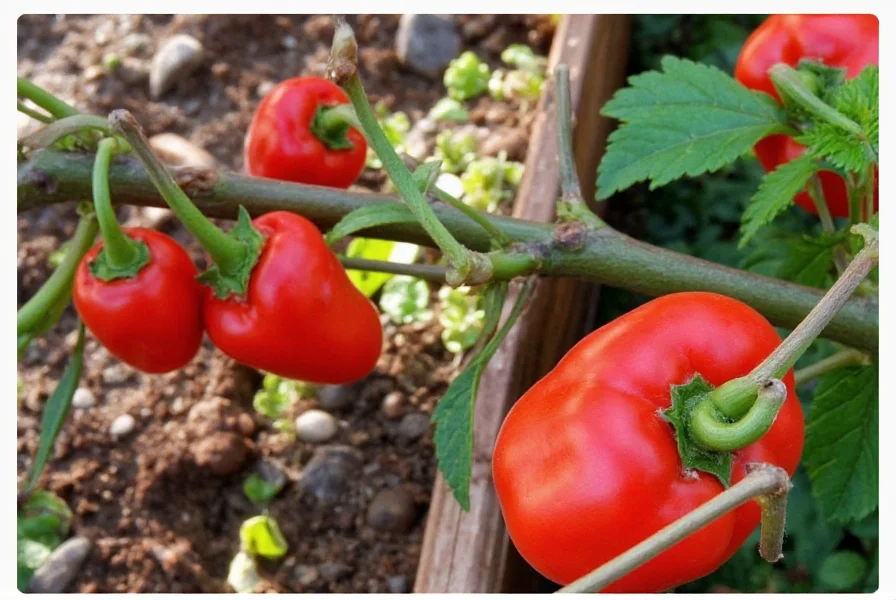









 浙公网安备
33010002000092号
浙公网安备
33010002000092号 浙B2-20120091-4
浙B2-20120091-4